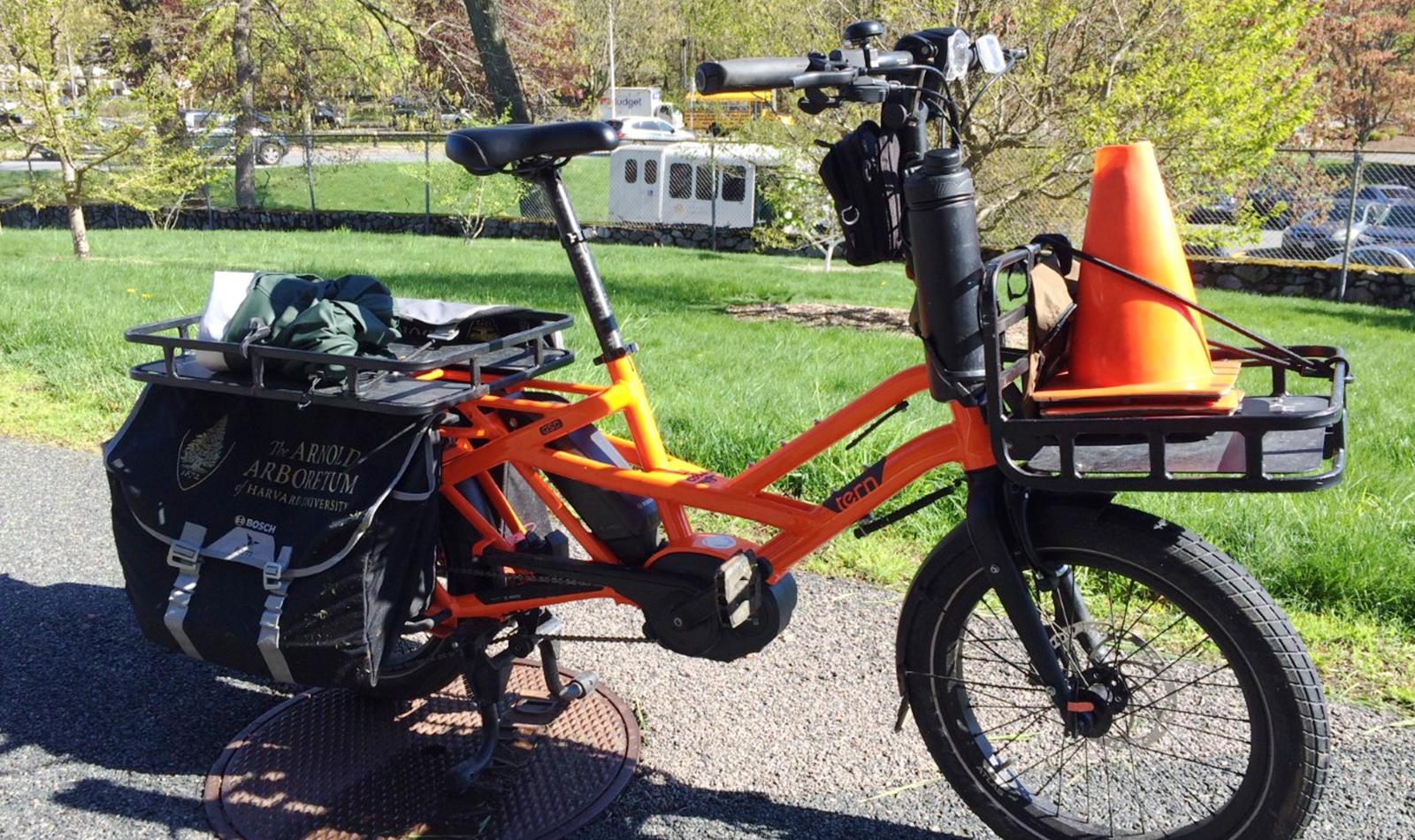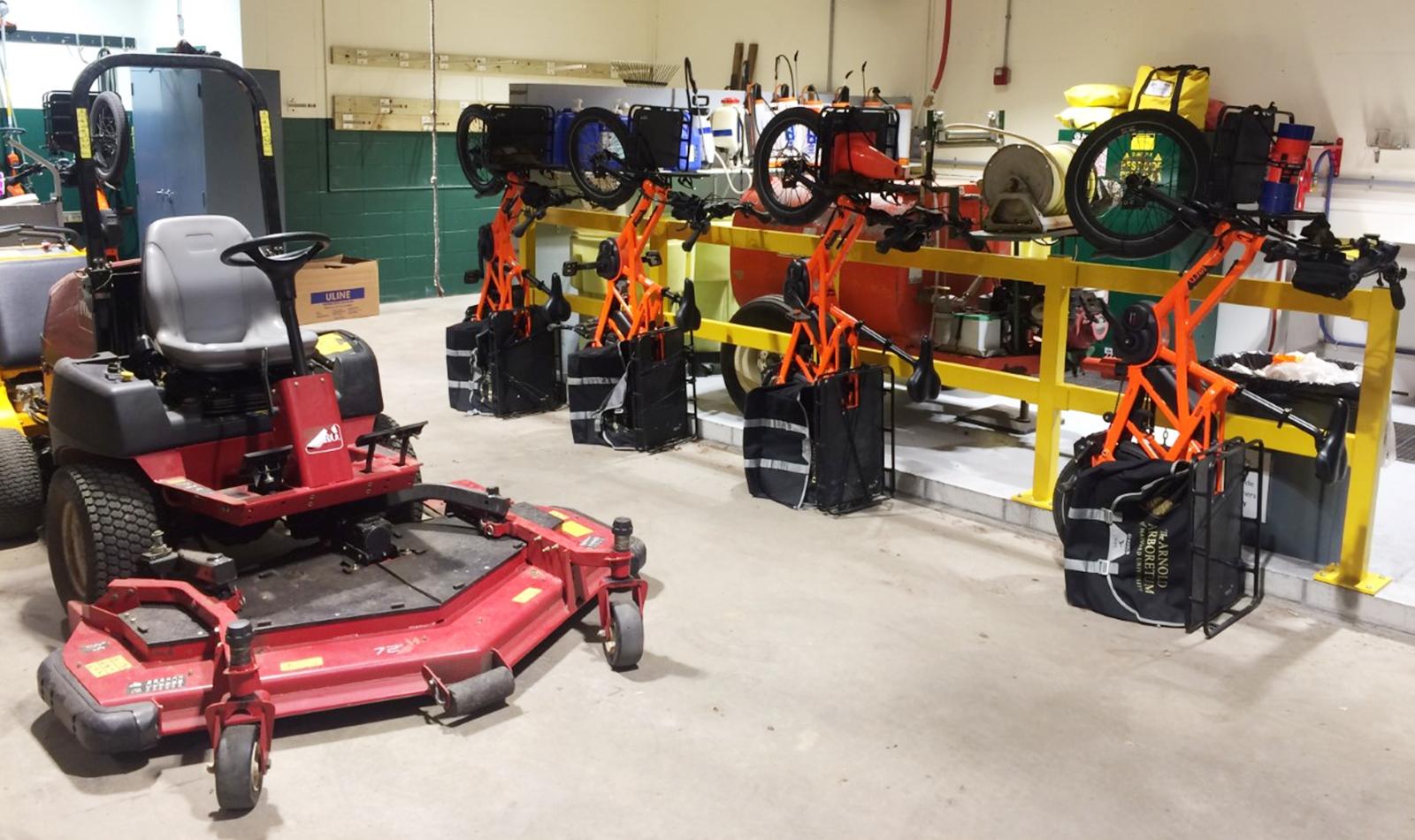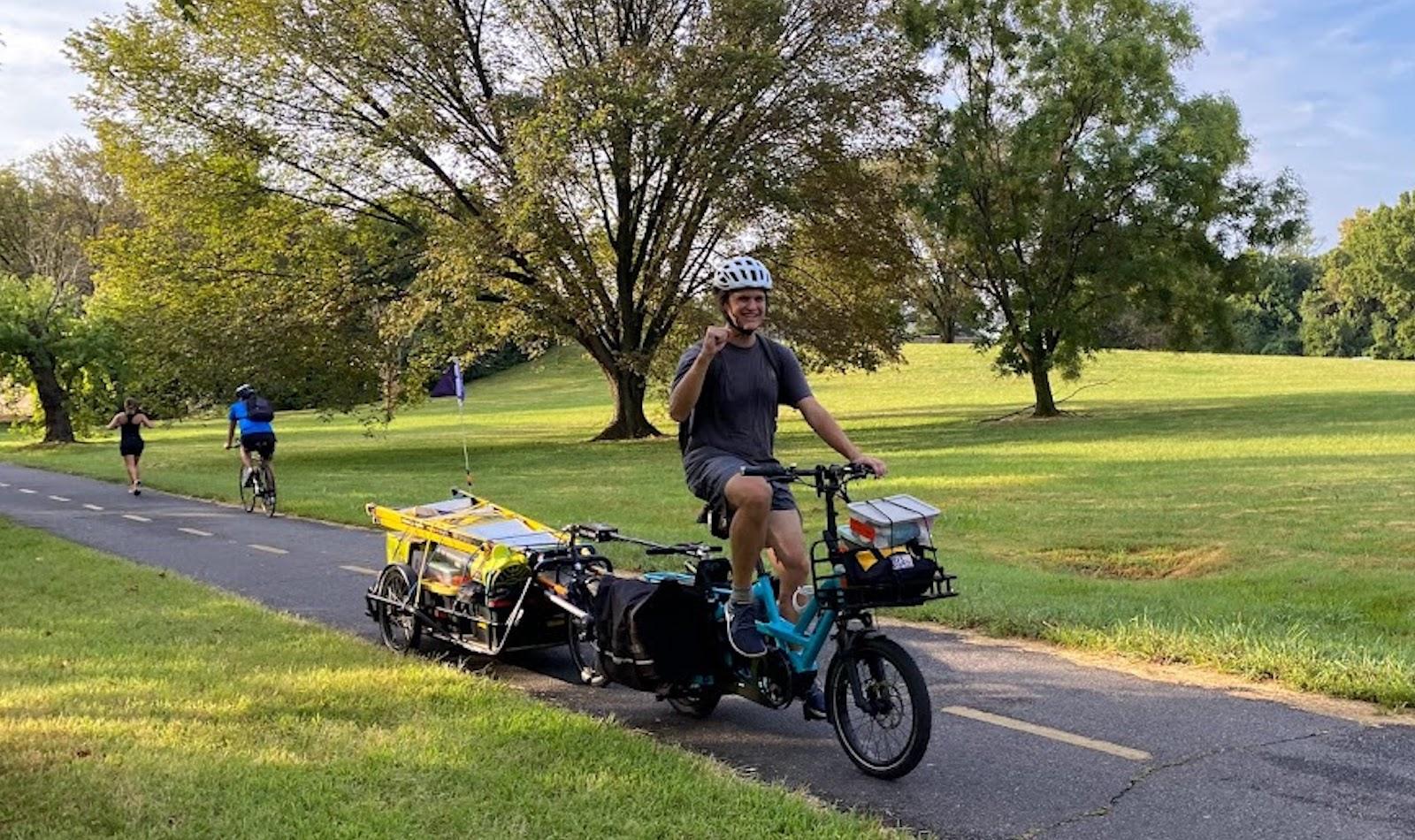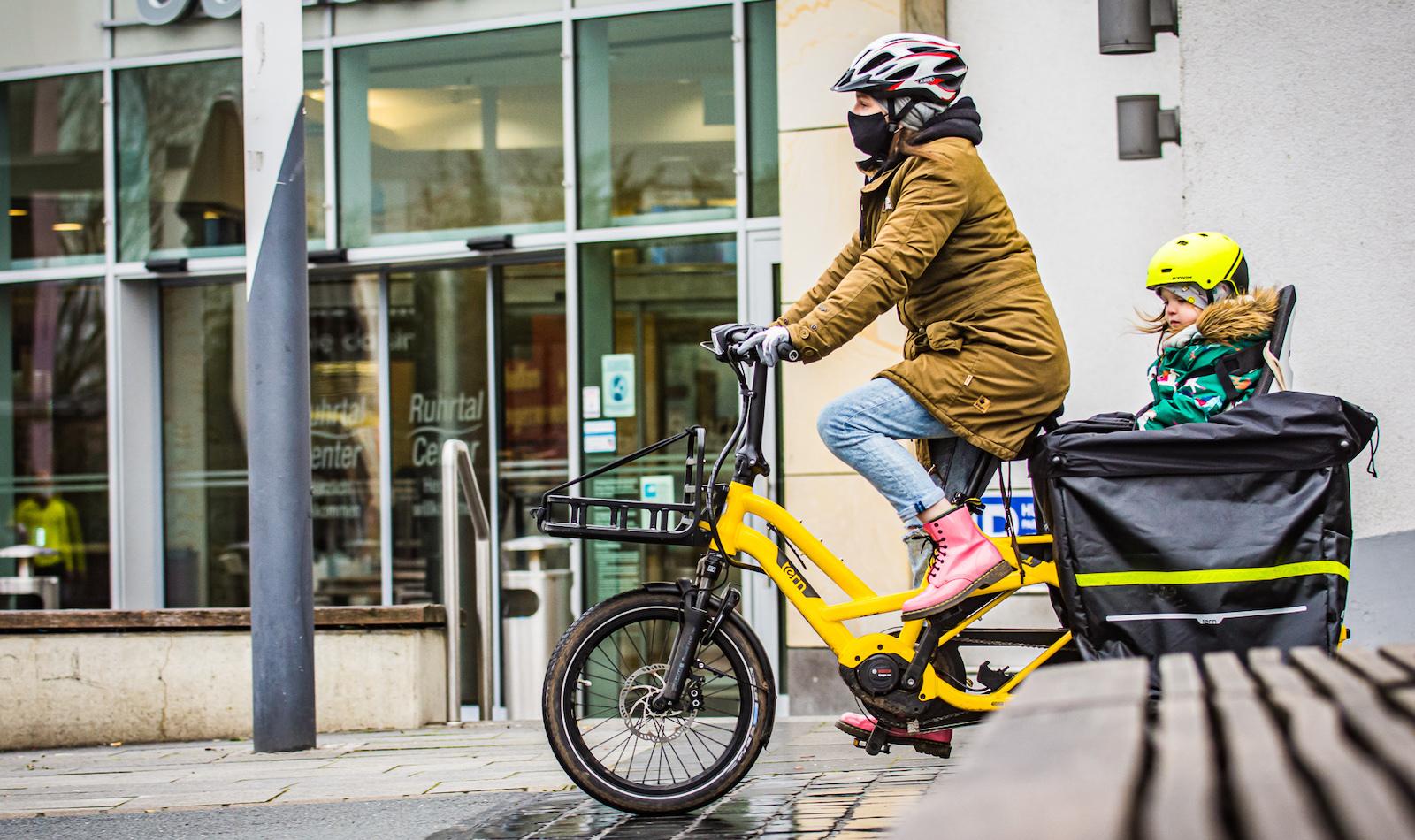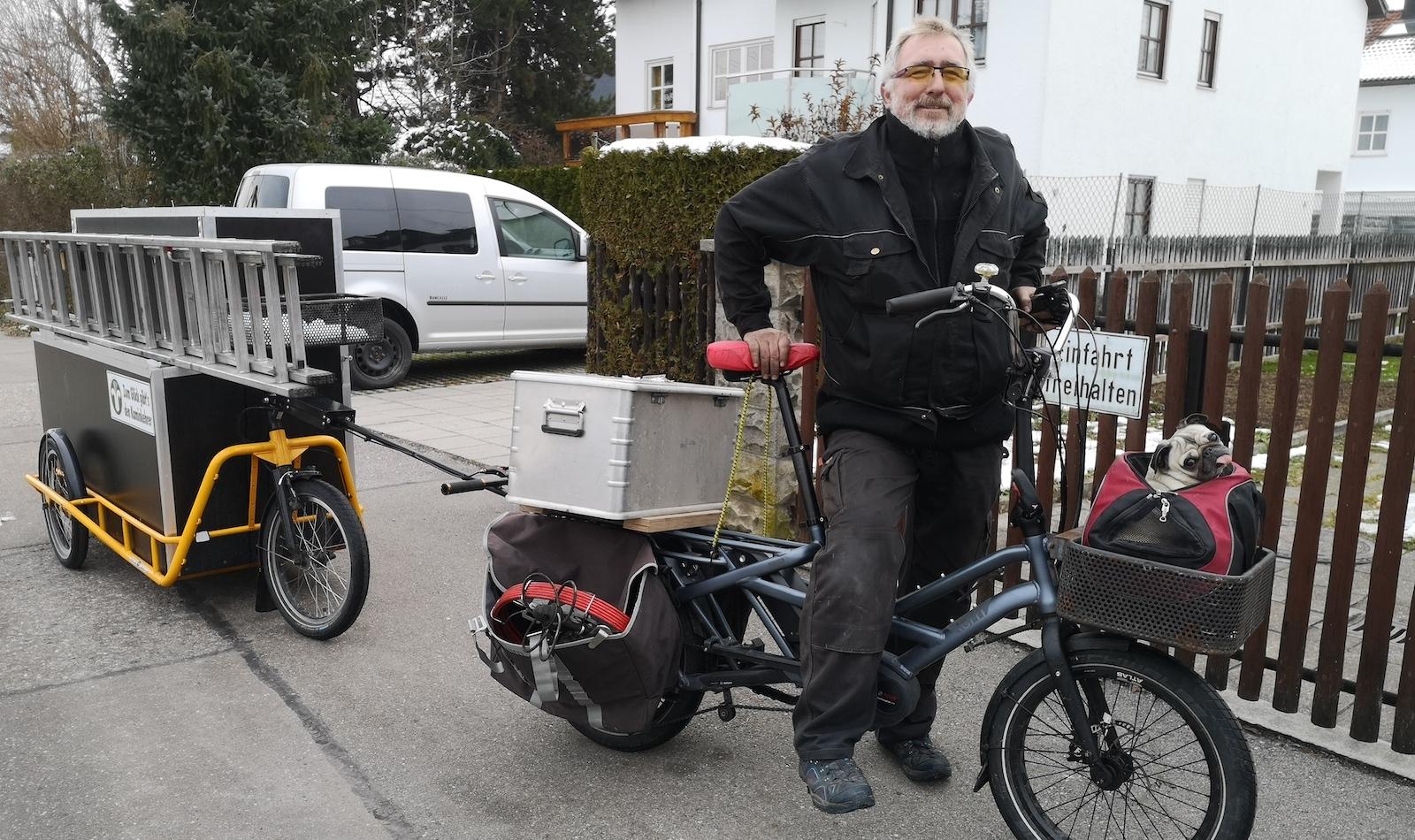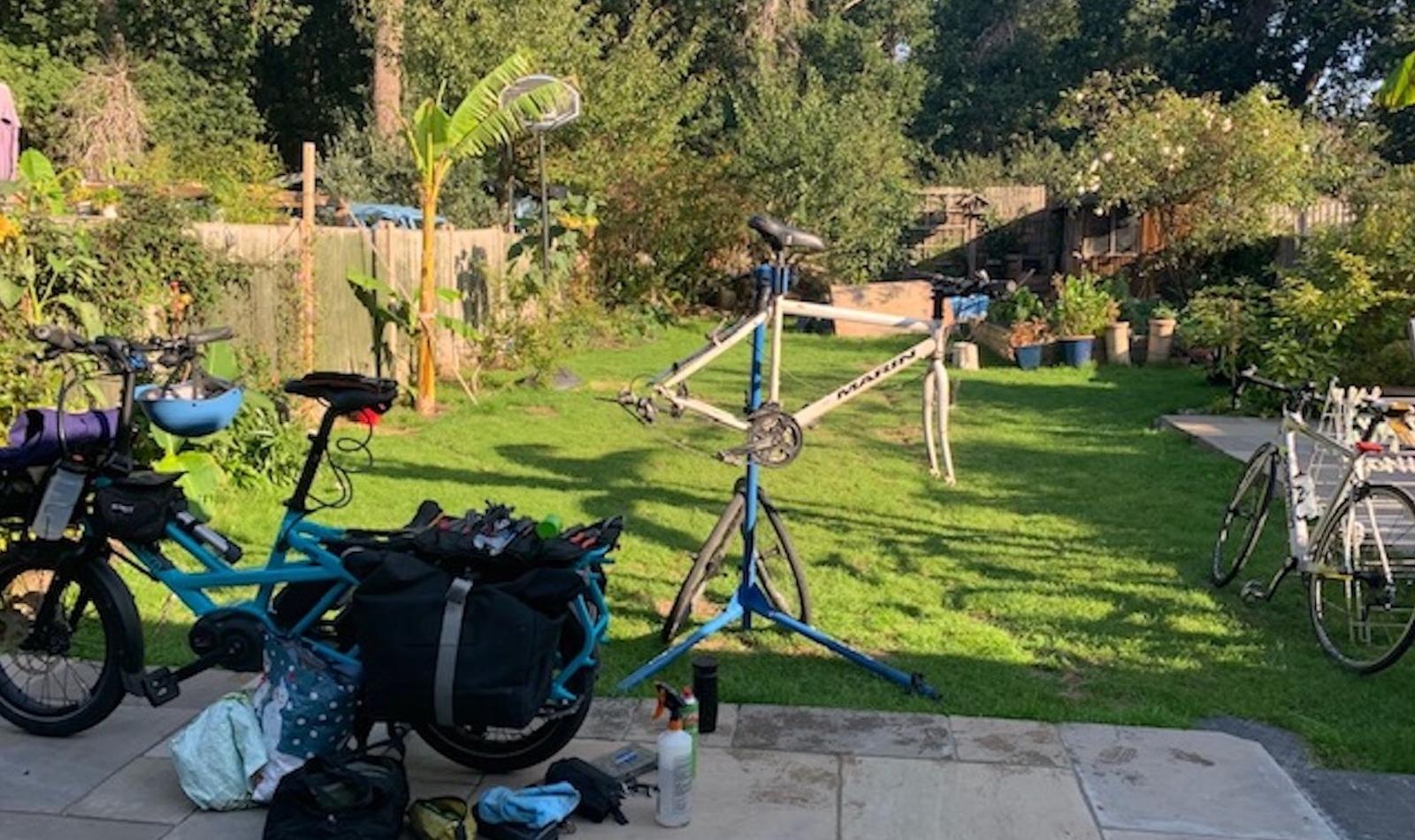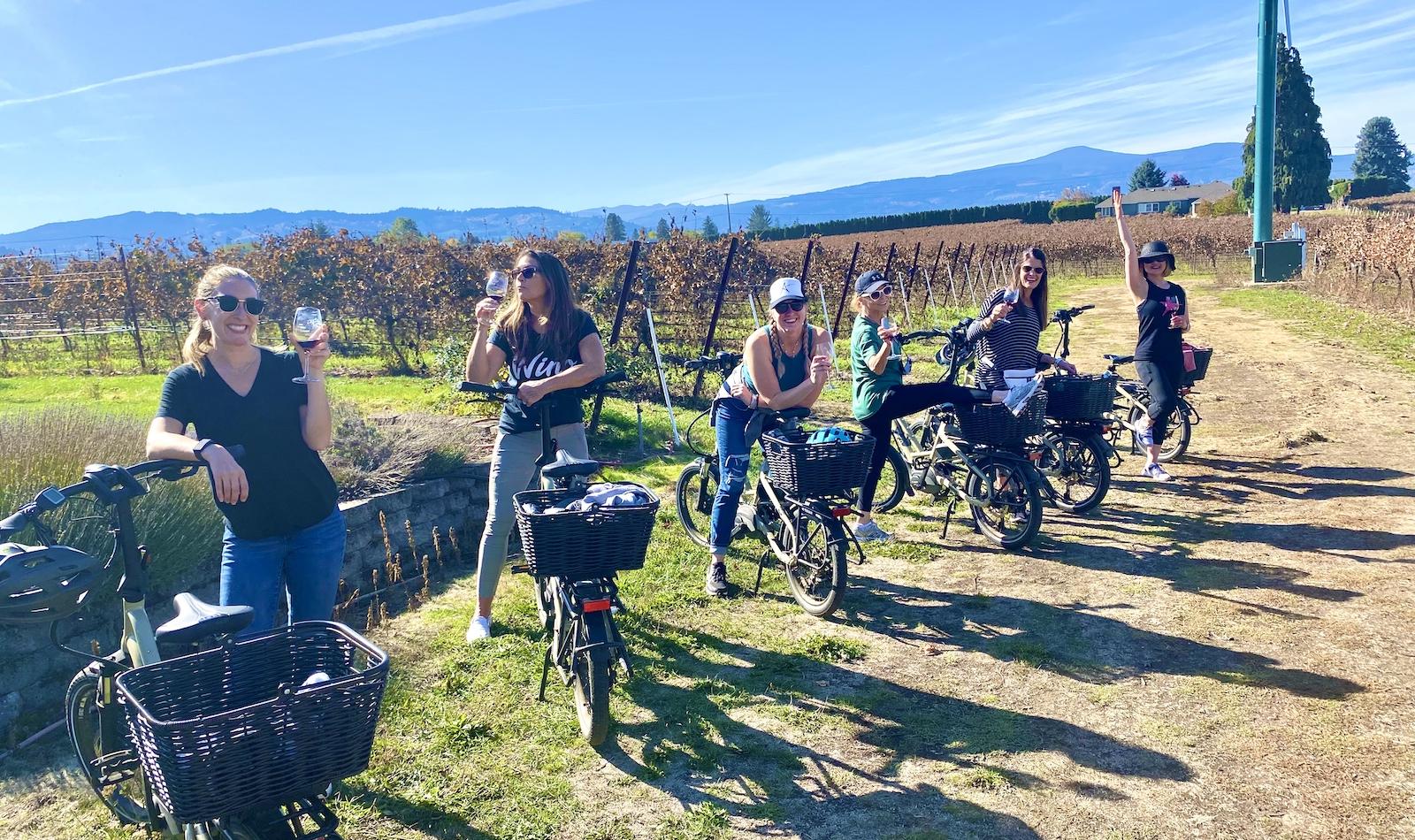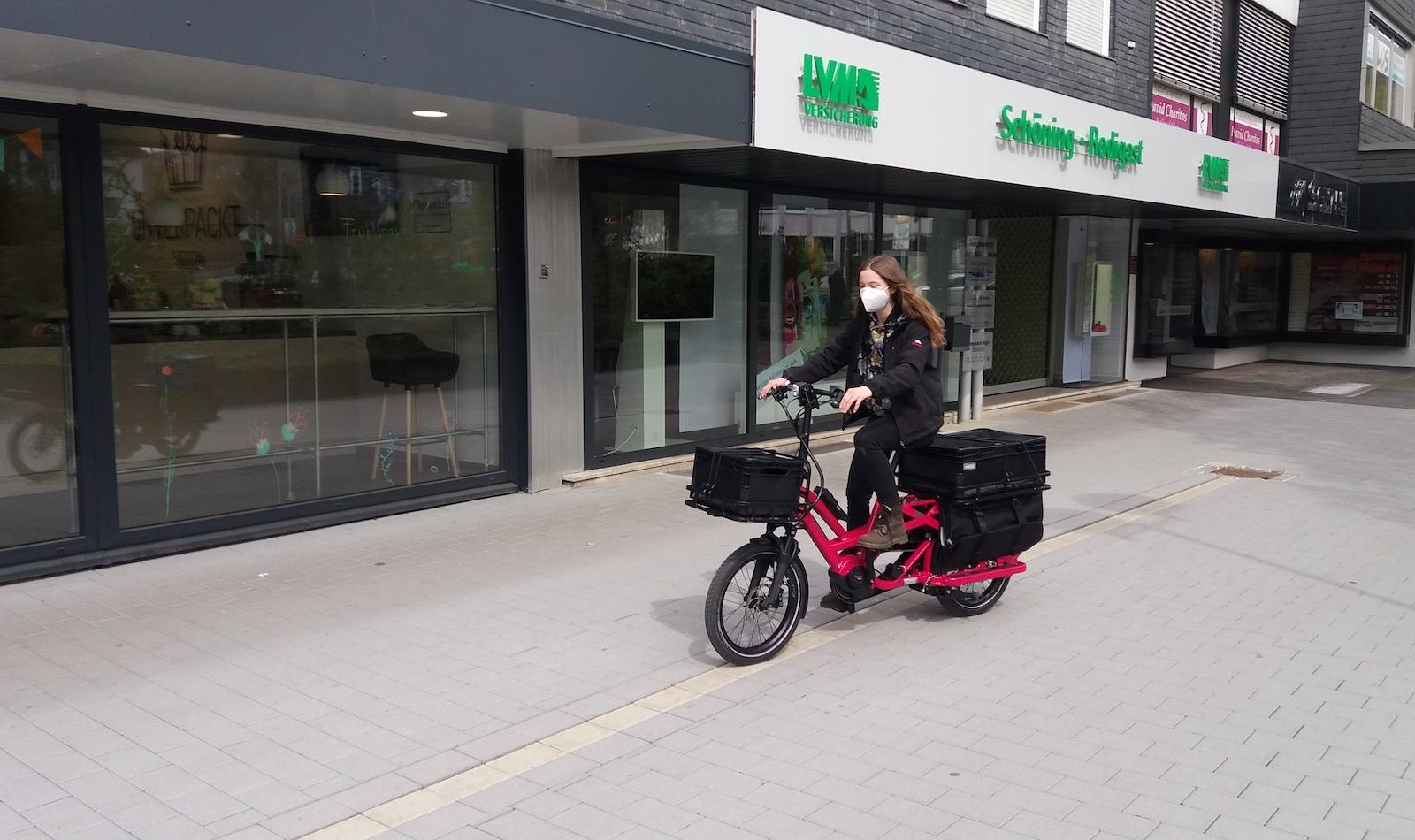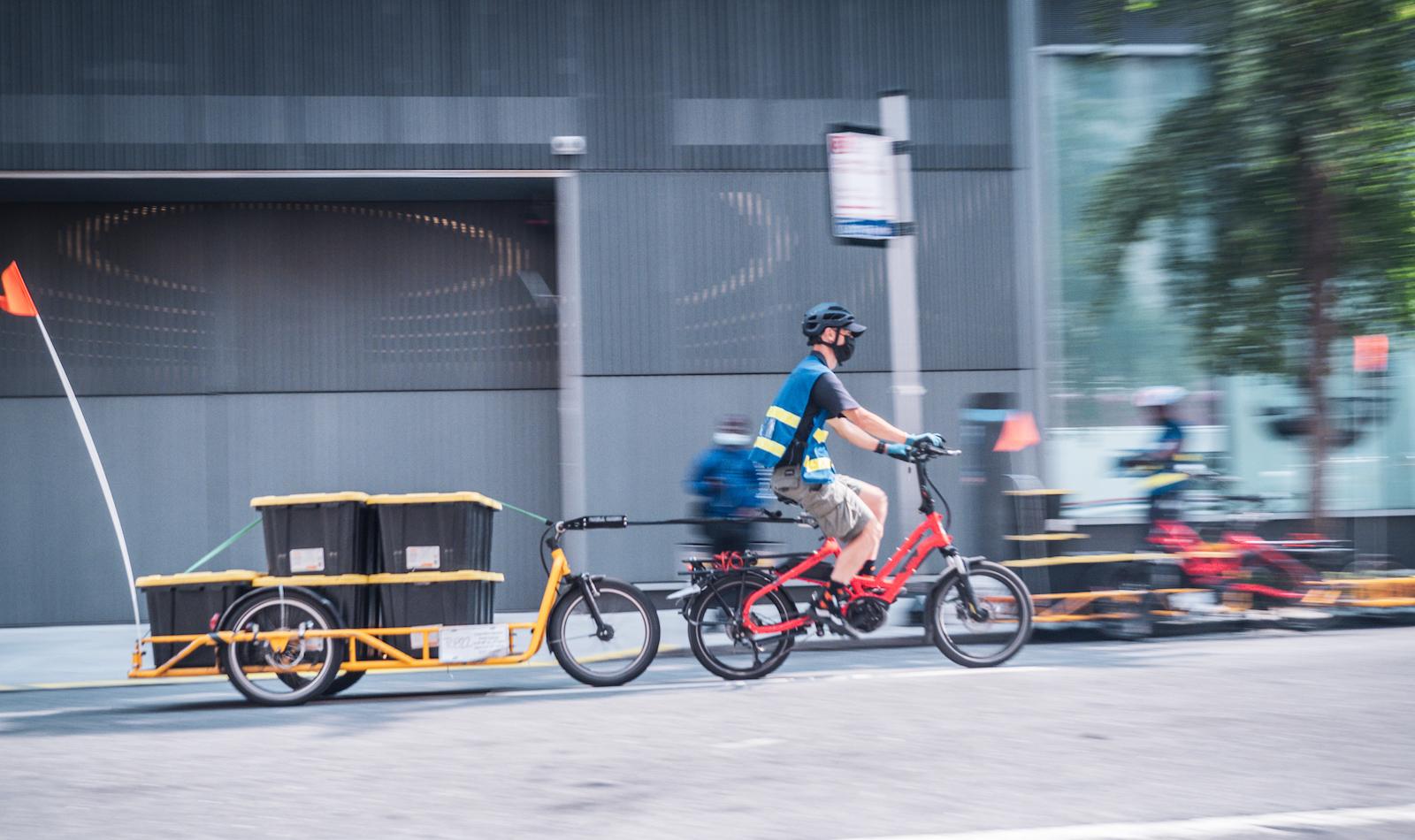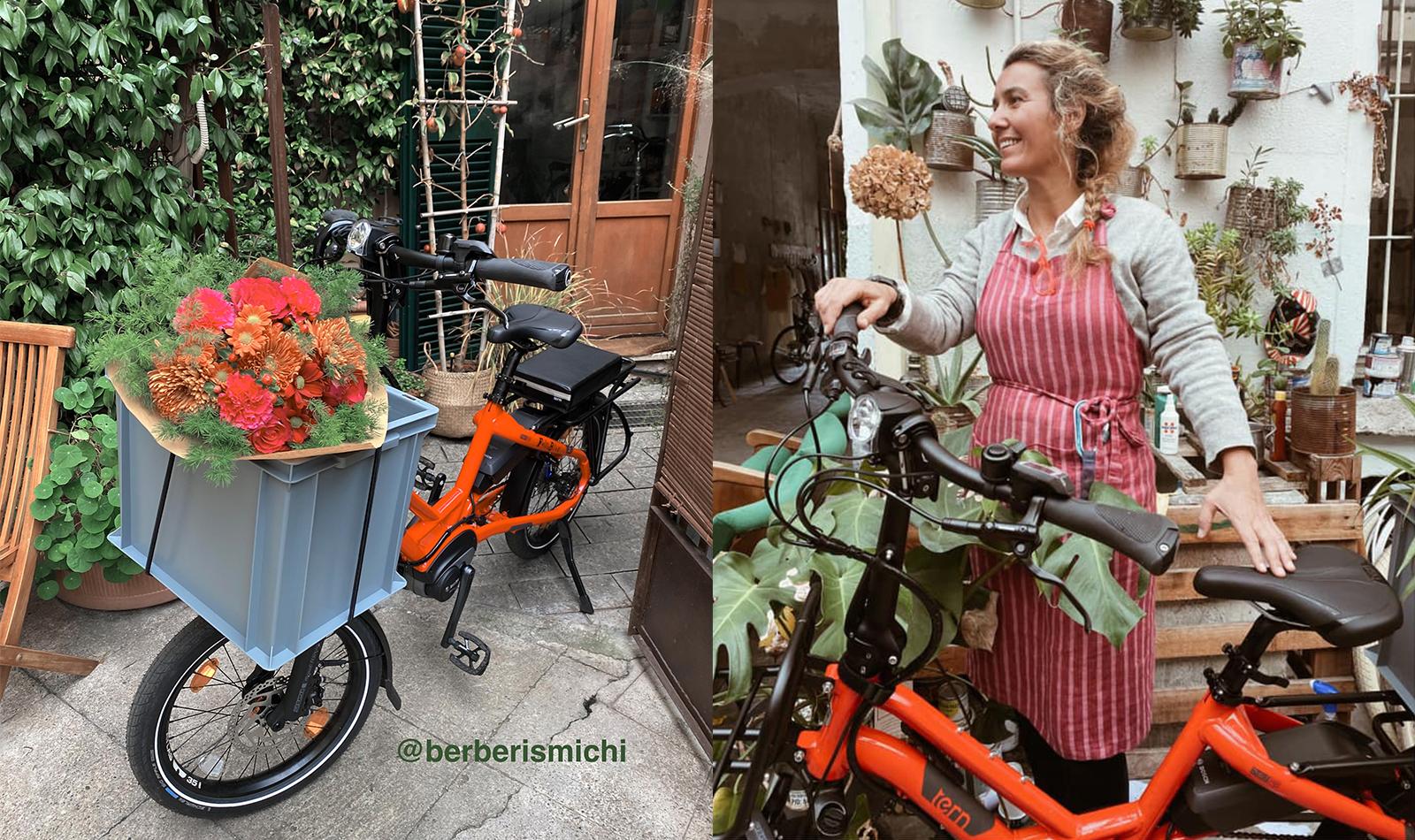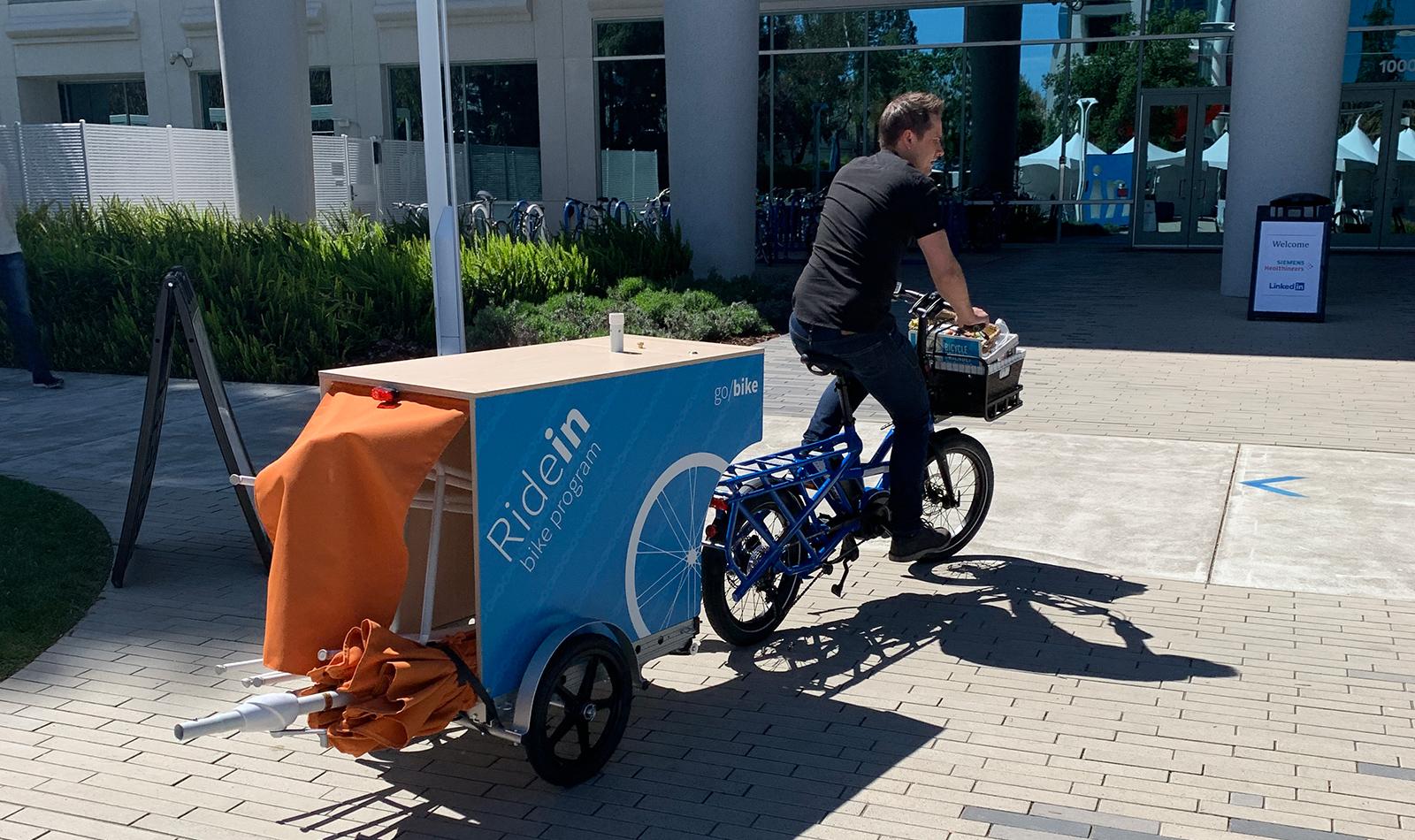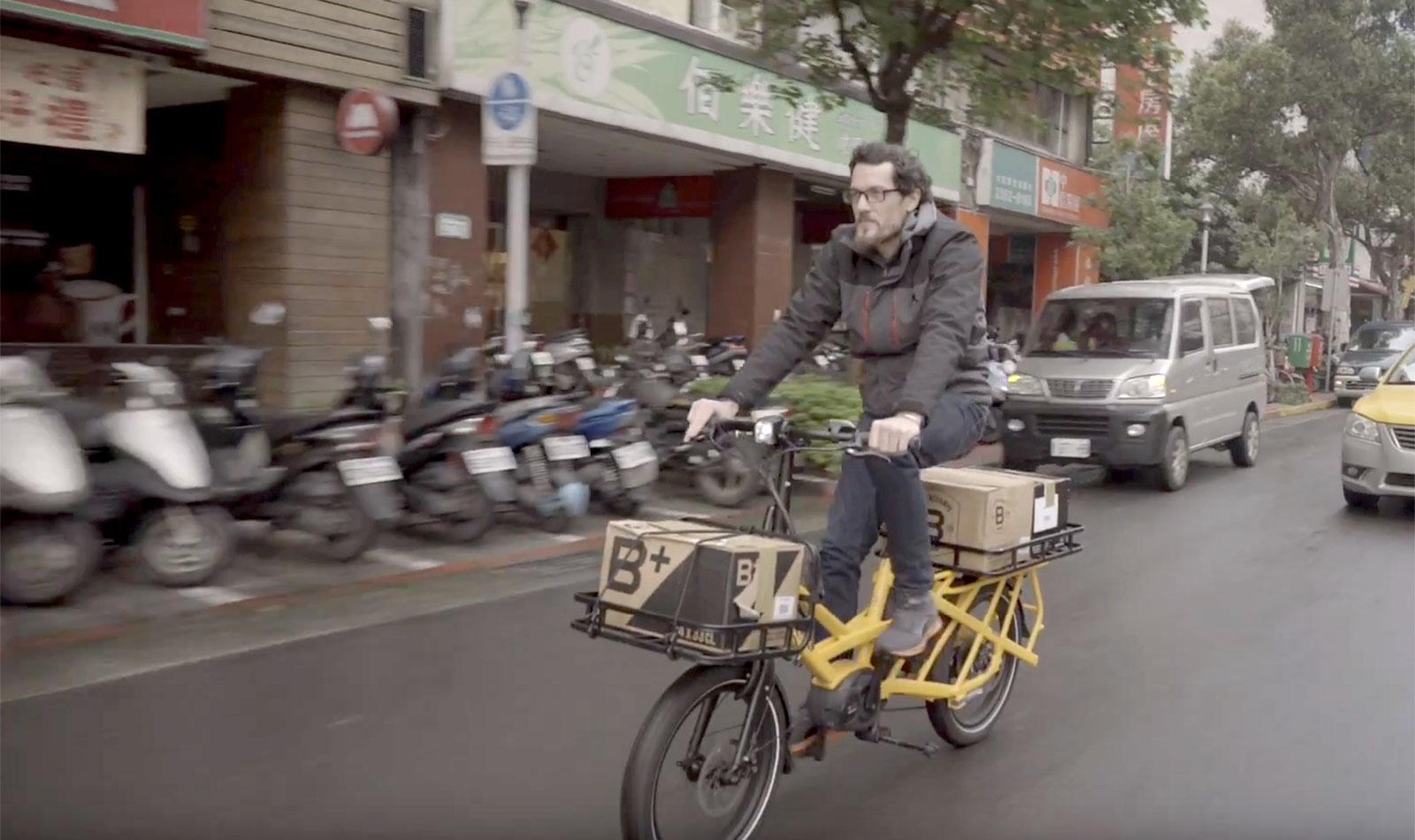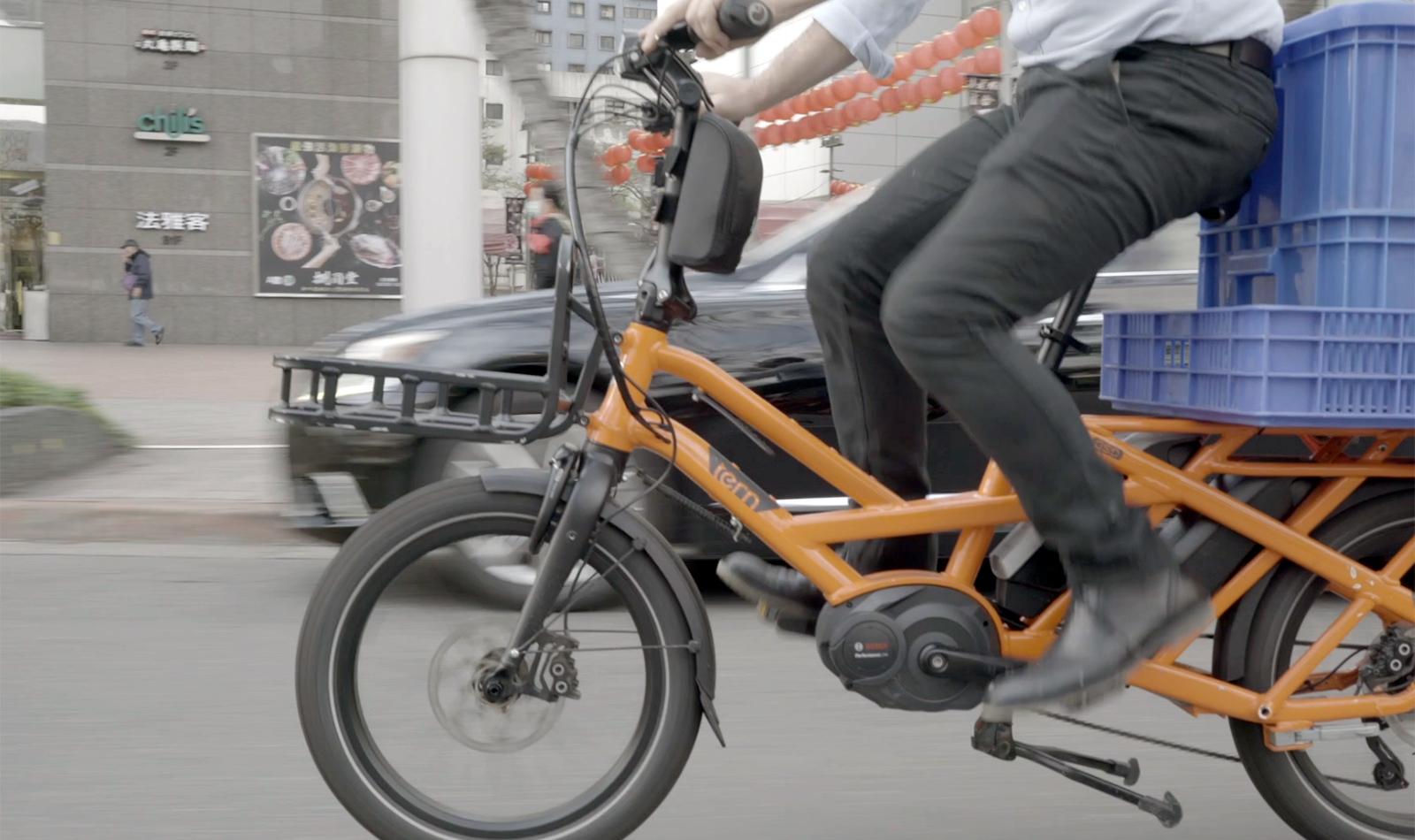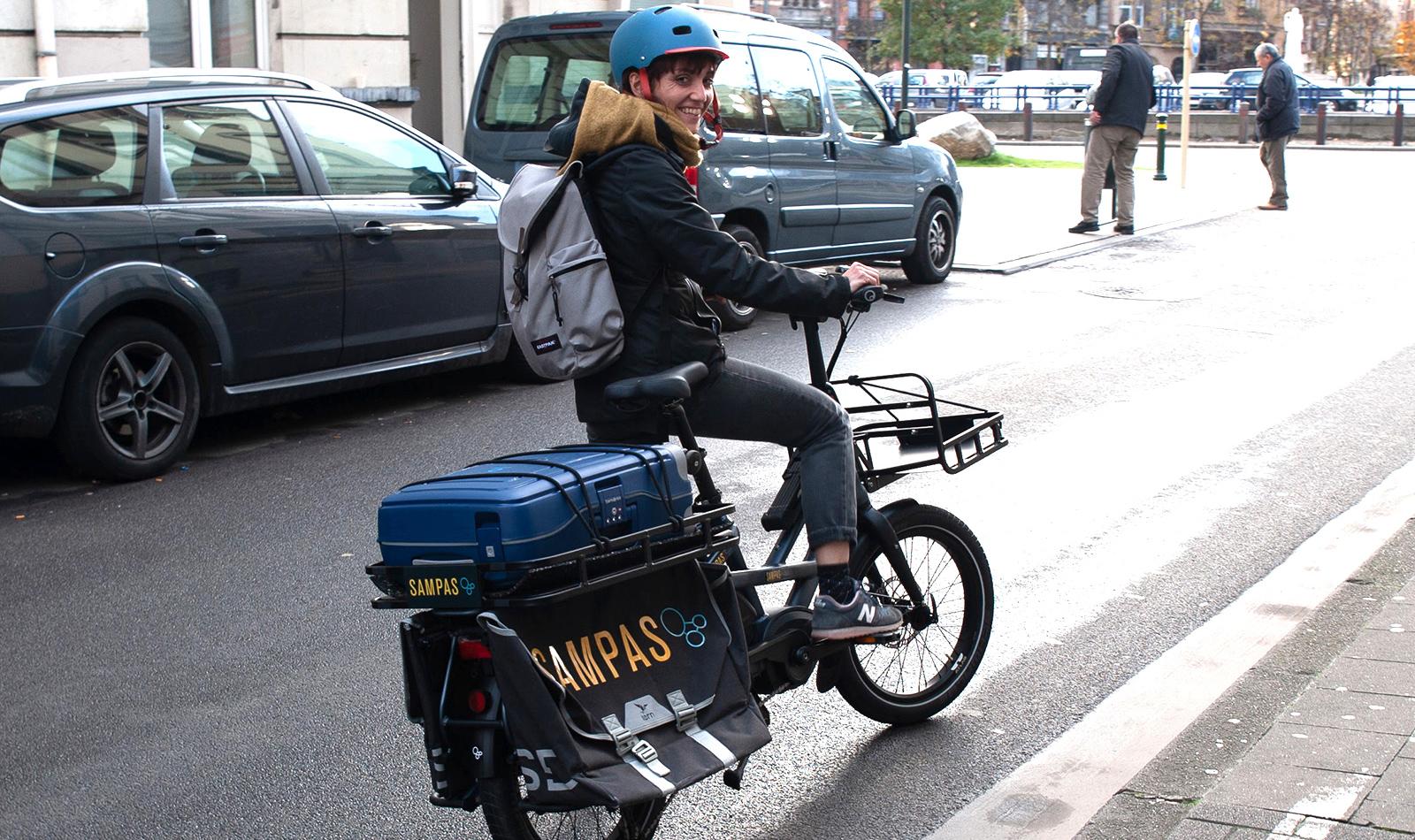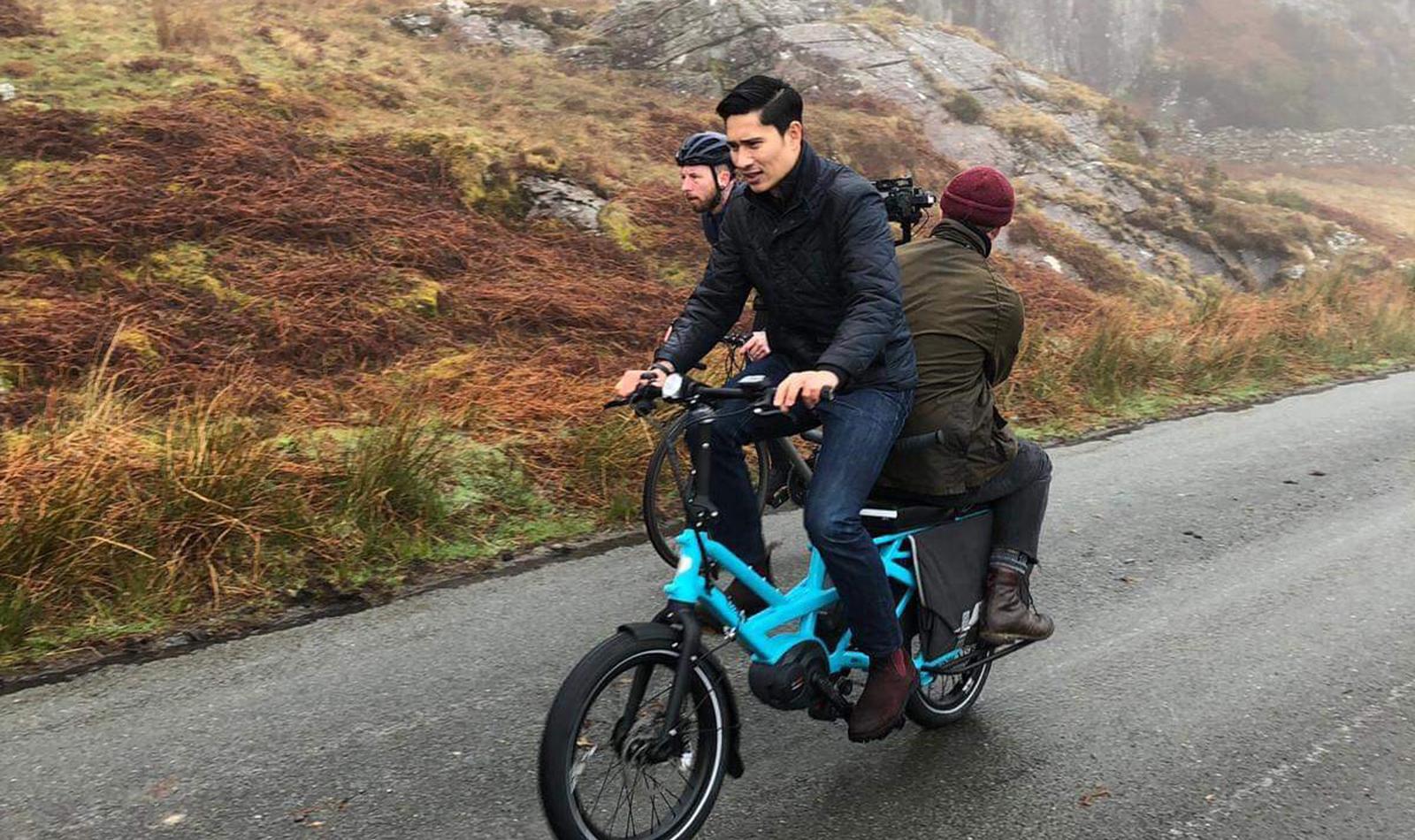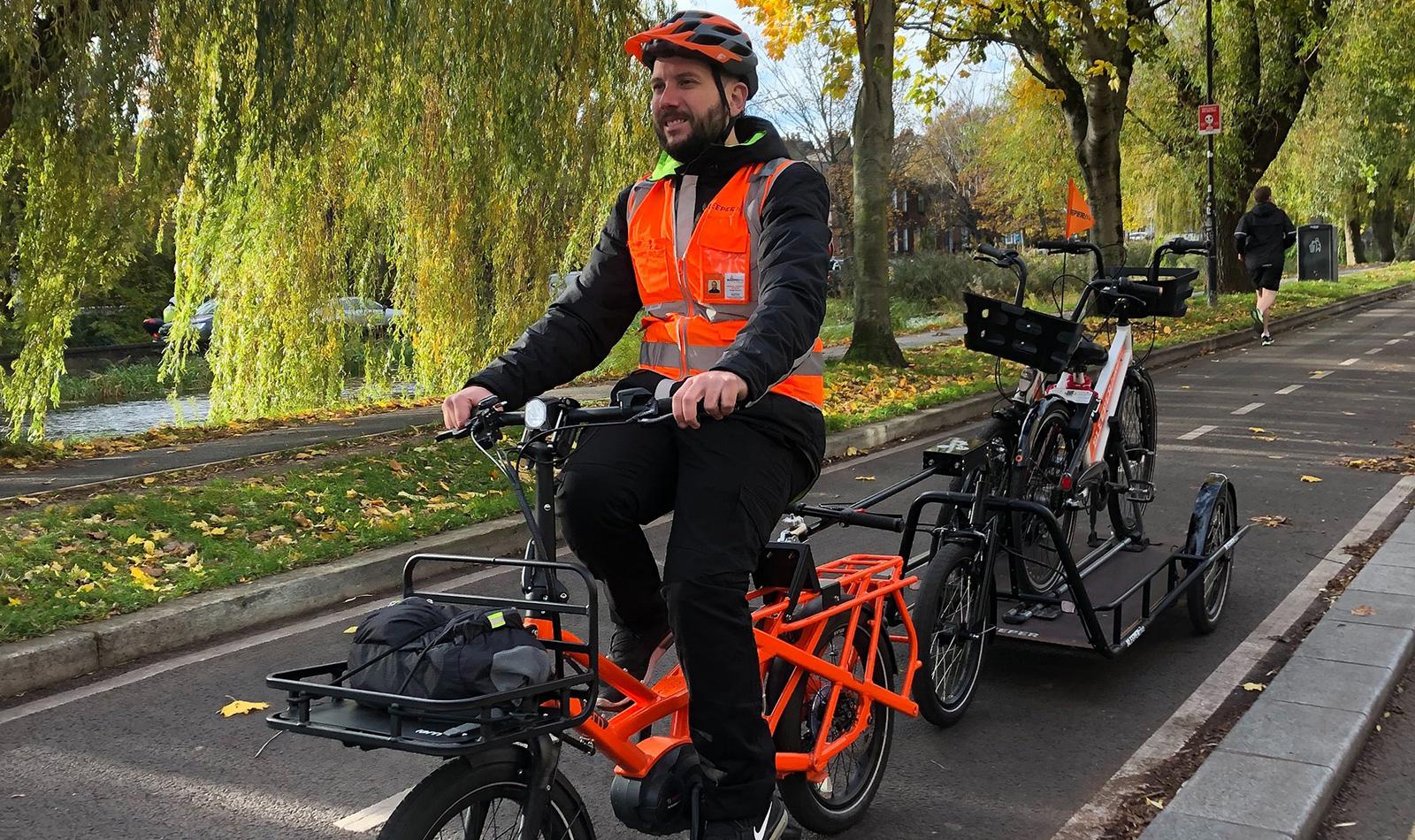The Arnold Arboretum of Harvard University is a 281-acre nature preserve situated in the heart of Boston. This urban jewel is home to one of the world’s most comprehensive and best documented collections of temperate woody plants, with particular focus on the floras of eastern North America and eastern Asia.
It is no small chore caring for such a large landscape, and the full-time staff and seasonal employees at the Arboretum have traditionally relied on heavy diesel trucks and light utility vehicles to tend the grounds.
Choosing the GSD
However, with an eye on improving sustainability, the Arboretum acquired 3 GSD electric cargo bikes in 2020 to help with maintenance.
The compact GSD was an attractive choice since it was designed to carry a max gross vehicle weight of 200 kg (440 lbs.), and the bike features an easily adjustable cockpit to fit the varying height and riding requirements of the diverse staff.
The cargo bikes could also be coupled with trailers to provide a modular solution capable of transporting equipment that is sometimes required by the grounds staff to complete a day’s work.
But the clincher was how easy it was to store the cargo bikes. GSDs can be parked vertically, providing for a smaller footprint inside a garage.
The Arboretum was initially leaning towards using bucket bikes with more carrying capacity compared to the GSD. However, the average length of that type of bike would limit the number that could easily be keep inside a garage without sacrificing space required for other equipment. The GSD, on the other hand, can be popped up on its end at the end of the day and be kept in a small bike corral. And when paired with trailers, the GSDs offer a similar carrying capacity to a bucket bike.
Advantages of E-Cargo Bikes
The bikes have so far proven worthy contributors when it comes to helping maintain the landscape. Staff put weeds, woody materials, fertilizer bags, and anything else that needs to be lugged around (including random wildlife) in the trailers. Landscape staff put string trimmers on the trailer racks and carry backpack blowers in the trailer beds. The bikes are even used for cleanup, hauling around trash and recycling on pickup days.
In addition to being practical, the bikes fit in well at the Arboretum. Compared to trucks or diesel utility vehicles, the GSDs are nimbler, quieter and more visitor-friendly. The smaller physical footprint of the GSDs is especially useful on single track roads where equipment usually takes up the entire space and forces visitors to walk off of the paths.
This fit with the landscape regularly provides the Arboretum with positive PR with its visitors. The bikes attract a lot of attention and compliments. People are pleased to see staff using bikes and Brendan Keegan, Arboretum Horticulturist, noted he has personally been flagged down by about a dozen visitors curious about the Arboretum's cargo bike setup and about electric bikes in general.
The bikes have also oddly enhanced the Arboretum’s work with heavy equipment, especially with getting its John Deere 310 Loader to the compost yard, which is located on the opposite side of the landscape from the garage. In the past, if staff wanted to leave the loader there for the day, one person would take the loader and another staff member would follow in a truck to give them a ride back to the garage. Now, the loader operator carries a GSD in the loader bucket and rides the bike back to the garage or elsewhere in the landscape, giving more flexibility for operations.
Finding the Right Fit With Cargo Bikes
This operational flexibility is important when organizations consider how to structure vehicle fleets in the future. For example, cargo bikes of course cannot compete with trucks and utility vehicles when it comes to carrying larger equipment or hauling mulch or soil. But they do satisfy a niche within the operations at the Arboretum.
In addition to their targeted applications, the GSDs provide staff with an efficient way to get around the landscape during the day. Filling that niche has freed up availability of the smaller utility vehicles to tackle other simple tasks that previously were delegated to the less fuel efficient and much less environmentally friendly heavy trucks.
This process of matching vehicle capabilities with application requirements will become increasingly important as transportation experts seek to optimize the efficiency and flexibility of their fleets.
Another unanticipated advantage Keegan noted is how the bikes fit within the Arboretum's COVID-19 protocols of one person per vehicle. As a result of this policy, the bikes really helped out with getting people around the landscape.
This is especially true with the Arboretum's seasonal employees, who usually require some training for operating the manual drive vehicles but happily realize from the get-go that operating a GSD is as simple as riding a bike.


